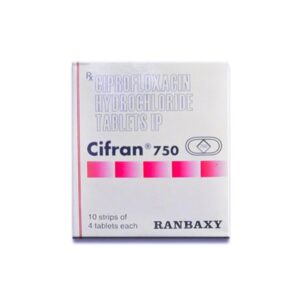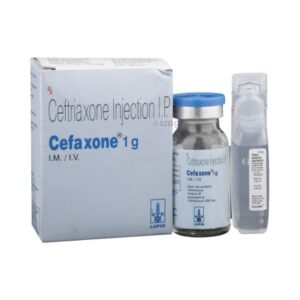Ceftazidime Information
Pronunciation
SEF tay zi deem
What is this drug used for?
• It is used to treat bacterial infections.
Frequently reported side effects of this drug
• Diarrhea
• Injection site irritation
Other side effects of this drug: Talk with your doctor right away if you have any of these signs of:
• Tremors
• Abnormal movements
• Confusion
• Extra muscle movement
• Dark urine
• Yellow skin or eyes
• Change in amount of urine passed
• Not able to pass urine
• Chills
• Sore throat
• Bruising
• Bleeding
• Severe loss of strength and energy
• Seizures
• Clostridioides (formerly Clostridium) difficile–associated diarrhea like abdominal pain or cramps, severe diarrhea or watery stools, or bloody stools.
• Signs of a significant reaction like wheezing; chest tightness; fever; itching; bad cough; blue skin color; seizures; or swelling of face, lips, tongue, or throat.
Medication Safety Issues
Sound-alike/look-alike issues:
CefTAZidime may be confused with ceFAZolin, cefepime, cefoTEtan, cefOXitin, cefTRIAXone
Ceptaz may be confused with Septra
Tazicef may be confused with Tazidime
International issues:
Ceftim [Portugal] and Ceftime [Thailand] brand names for ceftazidime may be confused with Ceftin brand name for cefuroxime [U.S., Canada]; Cefiton brand name for cefixime [Portugal]
Storage and Stability
Vials: Store intact vials at 20°C to 25°C (68°F to 77°F). Protect from light. Refer to manufacturer’s labeling for specific storage instructions for reconstituted solution and solution further diluted for IV infusion (varies by diluent).
Duplex container: Store unactivated containers at 20°C to 25°C (68°F to 77°F); excursions permitted to 15°C to 30°C (59°F to 86°F). Protect from light. Do not freeze. Unactivated duplex containers with foil strip removed from the drug chamber must be protected from light and used within 7 days at room temperature. Once activated, must be used within 12 hours if stored at room temperature or within 3 days if stored under refrigeration.
Premixed frozen solution: Store at -20°C (-4°F). Thawed solution is stable for 8 hours at room temperature or for 3 days under refrigeration; do not refreeze.
Adverse Reactions
Central nervous system: Seizure
Dermatologic: Pruritus, skin rash
Endocrine & metabolic: Increased gamma-glutamyl transferase, increased lactate dehydrogenase
Gastrointestinal: Diarrhea
Hematologic & oncologic: Agranulocytosis, eosinophilia, leukopenia, lymphocytosis, neutropenia, positive direct Coombs test (without hemolysis), thrombocythemia, thrombocytopenia
Hepatic: Increased serum alkaline phosphatase, increased serum ALT, increased serum AST
Hypersensitivity: Hypersensitivity reactions
Local: Inflammation at injection site, injection site phlebitis
Renal: Increased blood urea nitrogen, increased serum creatinine
Miscellaneous: Fever –





